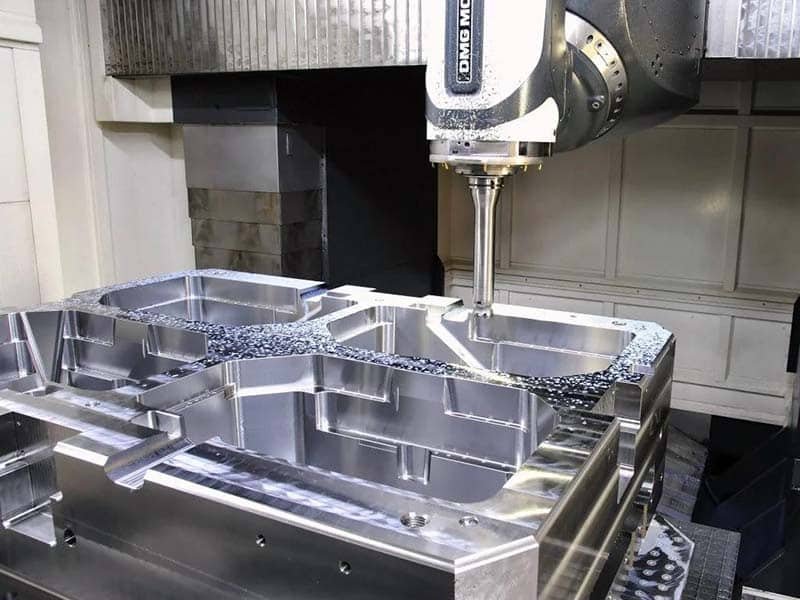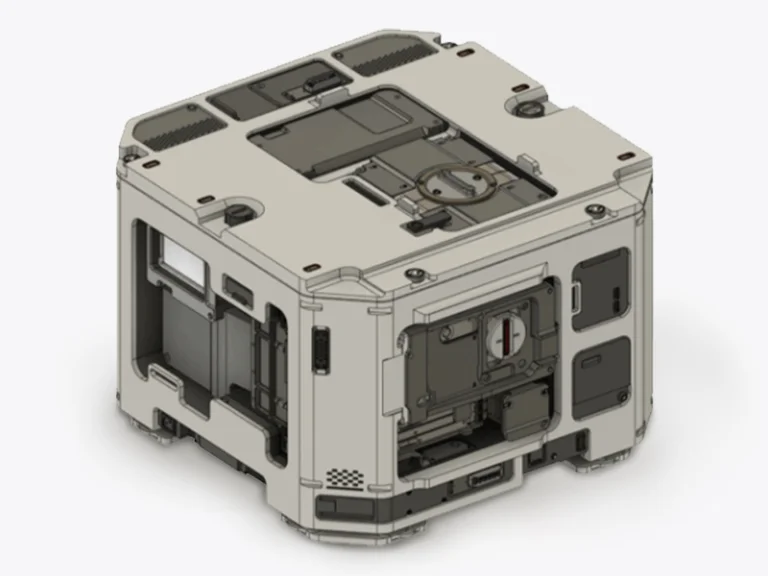Two shot injection molding delivers precision by combining two materials in one efficient cycle, producing complex parts for diverse industries. In this article examines the double shot molding process, highlighting its advantages in cost and quality, applications in automotive, medical, and consumer sectors, and differences from overmoulding service. It offers clear insights into how 2k injection moulding enhances manufacturing, helping readers navigate choices for optimal production outcomes.

What Is Two Shot Injection Molding?
Two-shot injection molding, also called two-color or 2K molding, is an advanced plastic manufacturing process that combines two different materials or colors into a single molded part. It eliminates the need for secondary assembly or bonding, delivering a fully functional component directly out of the mold.
How Does Two Shot Injection Molding Work?
This technique uses a special injection molding machine with two barrels and a rotating mold. First, one material is injected into the mold to create the base structure. Then, the mold rotates (or slides), and a second material is injected into another section of the same mold to form an additional layer or feature. The result is a single, integrated part with two distinct materials or colors.
Two-Shot Injection Molding Process Steps
- Material Selection: Choose two compatible materials (typically thermoplastics), with similar melting points.
- Mold Design: A specialized mold with rotating or sliding cores is required.
- First Shot: The base material is injected to form the primary part.
- Mold Rotation: The mold indexes to the second position.
- Second Shot: A second material is injected to bond with or surround the first.
- Cooling & Ejection: The final part is cooled and ejected as a complete unit.
Benefits of Two-Shot Molding
- Design Efficiency: Allows for multifunctional parts—like rigid bodies with soft grips—in a single cycle.
- Reduced Assembly: Eliminates secondary processes like gluing or manual insertion.
- Improved Product Strength: Enhances bonding between materials and ensures structural integrity.
- Lower Long-Term Costs: While mold setup is costly, per-unit prices drop significantly in high-volume production.
- Aesthetics & Function: Ideal for multi-color logos, buttons, or soft-touch surfaces.
Two Shot Injection Molding Applications
Two shot molding finds its place across industries, crafting parts that blend durability with user appeal. Here are key applications of double shot molding:
- Automotive: Dashboards, knobs, seals
- Consumer Electronics: Device housings, multi-colored buttons
- Medical Devices: Soft grips, handles, diagnostic components
- Household Products: Toothbrushes, kitchen tools, razors
Two Shot Injection Molding vs. Overmolding
Comparing two shot molding with overmolding clarifies their fit for different needs. Both produce multi-material parts, but their processes diverge. Here’s how 2 shot vs overmolding stacks up:
| Aspect | Two Shot Injection Molding | Overmolding |
|---|---|---|
| Process | Single cycle, dual shots via rotating mold. | Sequential—first part molded, then remolded. |
| Cycle Time | 30-60 sec—one machine run. | 90-120 sec—two cycles or molds. |
| Mold Cost | $20k-$100k—dual-cavity complexity. | $10k-$50k—often simpler molds. |
| Bonding | Needs chemical compatibility (melt points within 20°C). | Supports mechanical bonds, wider material range. |
| Best For | High-volume, multi-texture parts (10,000+ units). | Low-volume or diverse substrates (500 units). |
The two shot vs overmolding decision hinges on scale and materials. Double shot molding shines for big runs—like 50,000 automotive buttons—where speed (30-60 seconds) cuts costs. Overmolding fits smaller batches or mixed materials—like silicone over metal—since it allows mechanical bonding. 2 shot molding demands investment but delivers efficiency; overmolding trades speed for flexibility. Manufacturers choose based on production goals and part specs.

How to Choose Between Two Shot Injection Molding and Overmolding
Choosing between two shot injection molding and overmolding depends on production needs—volume, materials, and part design. Each suits specific scenarios, like automotive buttons or medical grips, based on cost and complexity.
- Production Volume: 2 shot molding excels for high runs (10,000+ units), with 30-60 second cycles cutting labor 20%. A 50,000-unit job spreads $20,000-$100,000 mold costs, unlike overmolding’s $10,000-$50,000 molds, better for 500-5,000 units.
- Material Compatibility: Double shot molding needs compatible plastics (e.g., ABS+TPU, melt points within 20°C) for 10 MPa bonds. Overmolding handles metal+plastic or silicone+PC via mechanical bonds (0.5 mm undercuts), suiting diverse substrates.
- Part Complexity: Two color injection molding crafts multi-texture parts—like glossy PP with TPE grips—at 0.01 mm finish, ideal for premium cases. Overmolding fits simpler overlays, like TPE on tools, with less design flair.
For large-scale, complex parts, 2k injection moulding saves time; for small runs or mixed materials, overmolding’s flexibility wins. Match your scale and specs to pick the right process.
Two-Shot Injection Molding Potential
Two-shot injection molding is emerging as a smart path to higher efficiency and product value. By molding two materials in one cycle, it eliminates secondary steps like bonding or assembly—cutting labor costs by up to 30% in large-volume runs.
Material waste drops below 1%, especially valuable for expensive resins like polycarbonate. Shorter cycles (30–60s) and high output (up to 1,000 parts/hour) make it ideal for scaling without added shifts.
Though mold costs are high, volume runs quickly offset them, reducing per-part costs by 15–20% beyond 10,000 units. Early design checks prevent costly errors. Plus, dual-material products open doors to premium markets, commanding higher prices and better margins.
In Short: Two-shot molding isn’t just efficient—it’s a competitive edge for the future of plastic manufacturing.
Conclusion
Two-shot injection molding presents a transformative solution for manufacturers aiming to improve efficiency, part quality, and design flexibility. By combining two materials in a single cycle, it eliminates secondary processes, minimizes waste, and accelerates production—making it especially valuable for high-volume, multi-functional products. Whether you’re in the automotive, medical, or consumer industry, two-shot molding can reduce costs, enhance product appeal, and offer a strategic edge in a competitive market.
Jiangzhi, a professional injection molding manufacturer, offers overmolding and insert molding services, delivering tailored solutions with expert mold design and tight tolerances (±0.05 mm). For clients seeking quality and durability, Jiangzhi ensures strong material bonding and cost-effective production to meet demanding specs and budgets.




